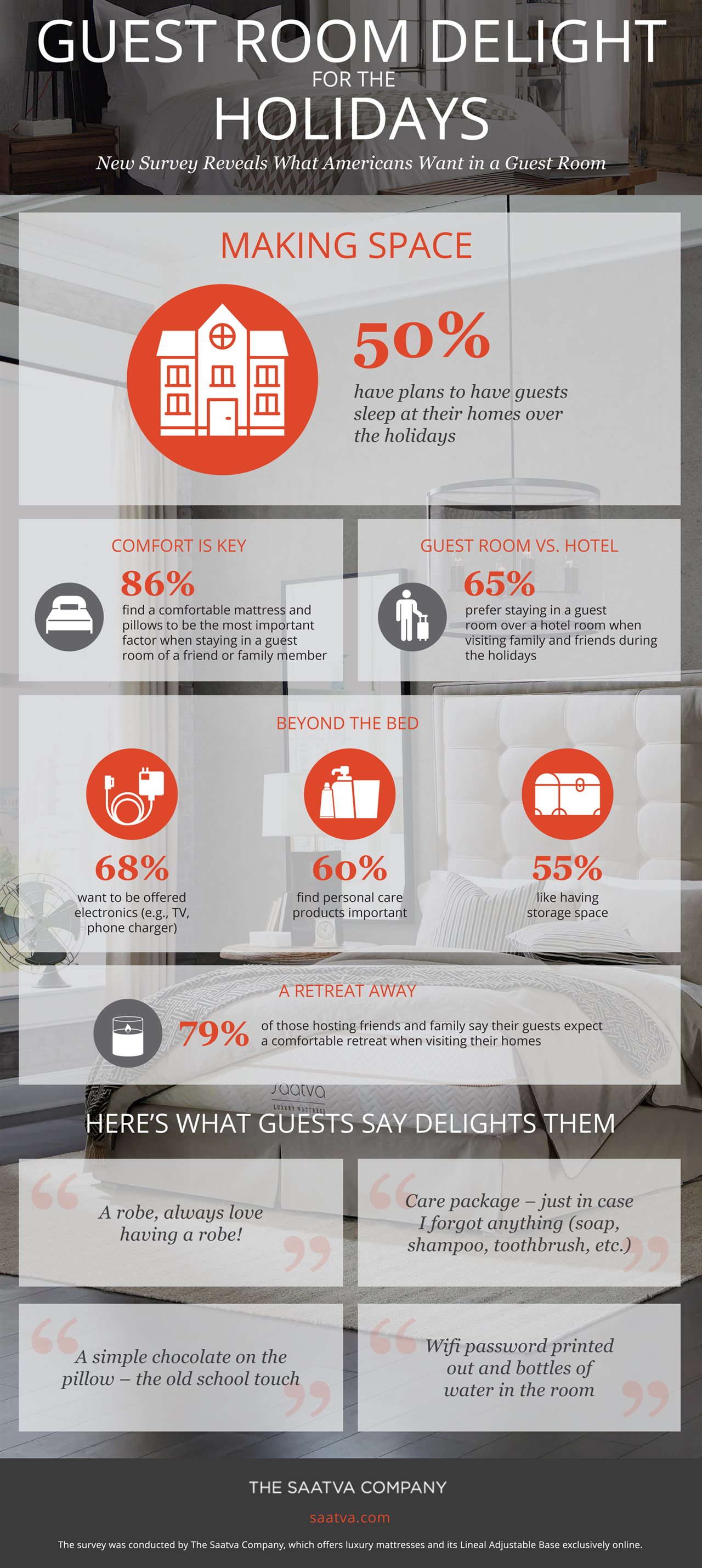2017-08-22T11:31:00
(BPT) – We’ve all been told, that owning a home is part of the American dream. It’s the biggest and most rewarding investment many people will make in their lives. Instead of paying rent every month and having nothing to show for it, paying a monthly mortgage builds equity and wealth.
While most know the benefits of owning a home, for many millennials and young people, it can seem like a distant prospect. In fact, while 52 percent of millennials say they no longer want to pay rent, only 18 percent think they can afford a new home, according to a recent survey conducted by loanDepot.
What is the source of this disparity? There are many reasons, but part of the problem is a vast majority of young people think there is only one way to buy a home, or that certain strict criteria has to be met to qualify for a loan.
There are many myths surrounding home ownership. Let’s break some of them down.
Misconceptions about the down payment
Many believe a down payment is the biggest obstacle that stands between them and home ownership. The accepted wisdom is that 20 percent of the home’s value is needed to make the down payment. This can be a rather substantial sum. Of those surveyed, 63 percent of people think they can’t afford a down payment; 43 percent believe poor credit history would prevent them from entering the housing market and 38 percent worry that too much existing debt would prevent them from doing so.
The truth is, a down payment can be as little as 10, 5, or even 3 percent. Unfortunately, many people don’t know how to access these loan options. Rather than simply doing an online search, you should take a few minutes to explore your options and talk to a loan expert at loanDepot to fully explore what kinds of mortgages are available.
Student loans don’t have to be a barrier
One of the biggest sources of financial stress for millennials is the amount of student debt they carry. The effects of this debt can be paralyzing, and many believe they first need to pay off their loans before they can even think about owning a home.
The good news is that Fannie Mae recently announced several policy changes designed to help those with student debt qualify for home loans. Other lenders, like loanDepot, have special programs designed to help those with specific types of student loans, or even 40-year mortgage loan programs that have a 10-year interest-only initial repayment period, which can help borrowers tackle their student loan debt while they make lower mortgage payments.
Streamline the process with technology
So where do you start? How can home seekers find the loan that’s right for them?
Many millennials think getting a mortgage is a complicated maze. But with loanDepot’s proprietary digital lending platform, future homeowners have access to a web-based consumer portal that provides a fully digital mortgage loan application experience. With these features, as well as access to licensed loan consultants in 180+ retail locations, homebuyers have the ability to explore options they may have never thought existed, and to find the home loan that fits their budget to buy the home of their dreams.











